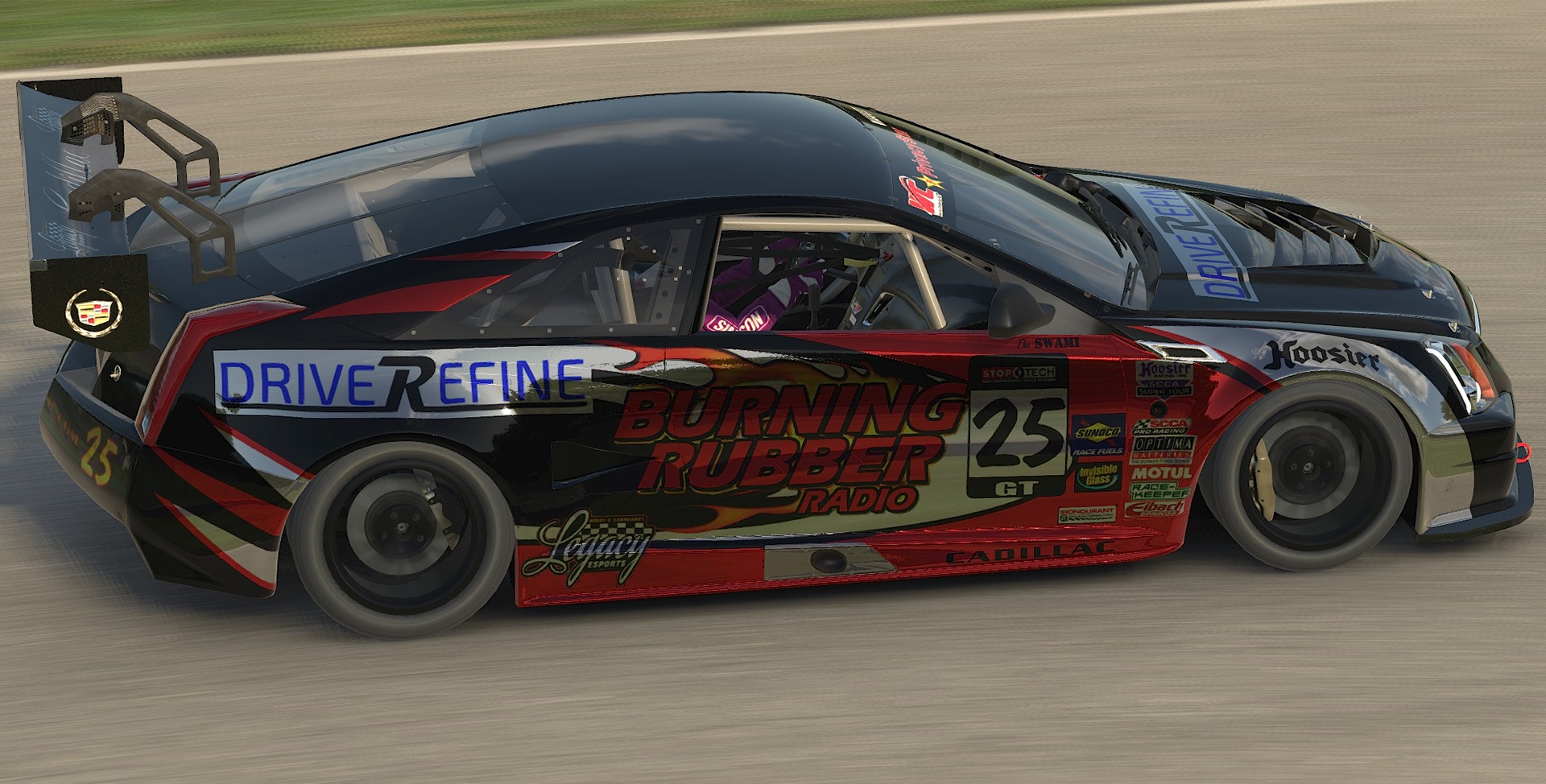I’m going to assume that I did a great job in pt. 1 convincing you to start running an in-car camera every time that you can. Now that you have had a few weeks to complete the purchase, we can start talking about where to put the camera in the car and what to watch for after gathering some race footage.
As far as camera placement goes, you have to accomplish 3 things to make this an effective tool.
- Mount the camera where you can see out of the front windshield AND see the drivers hands or at least the top of the steering wheel.
Just seeing one or the other is better than nothing but it's not going to give you a complete picture of what is going on inside of the car. Mounting a camera on the roof gives you a clear view of the track and car placement on the track. The problem is, you have no idea what the driver is dealing with to put the car in that position. Mounting the camera on a roll bar facing the driver and not pointing forward gives you the opposite. You have a great view of what the driver is having to do with the wheel to position the car, however you do not have a clear picture of where he/she is positioning the car. Just like the header picture, you want to be able to see both. I have had the most success mounting the camera to the side of the seat or headrest. Having the camera close to eye level of the driver can also give you an idea of how the car is pitching and rolling under breaking, cornering, and acceleration.
- Make sure the mount is secure and test the view before you secure the camera.
If you do mount the camera to the side of the seat or the headrest, you are probably going to need some sort of sticky mount instead of a clamp. Most sticky mounts are not easily moved once stuck in place, so make sure you test the location first by holding the camera in the area you are going to mount it and taking a picture or short video. Once you are happy with the position, make sure that your mounting is secure. A camera that falls over or bounces around the whole time is pointless.
- Last and absolutely the most important step. Charge the camera, bring it to the track, and turn it on before you run!
This is absolutely the most common reason that drivers don’t gather any in-car camera footage. It also happens to be the most annoying to a driving coach, at track or remote. I don’t mean to be rude but it’s the truth. In a lot of ways, putting all of the work in ahead of time and not charging the camera or turning it on would be like buying a set of tires, mounting them, but not setting the pressure before you race.
Using an in-car camera is no different than how a driver SHOULD use data acquisition. Drivers sometimes fear being wrong or not driving correctly but there is no room for that in the professional ranks. Critiquing your driving with or without your coach or crew chief is all about self improvement as a driver. When you are a better driver you give better feedback (using the rest of the DriveRefine Toolbox Tips) to your crew chief, who can then make a more accurate adjustment to your car.



